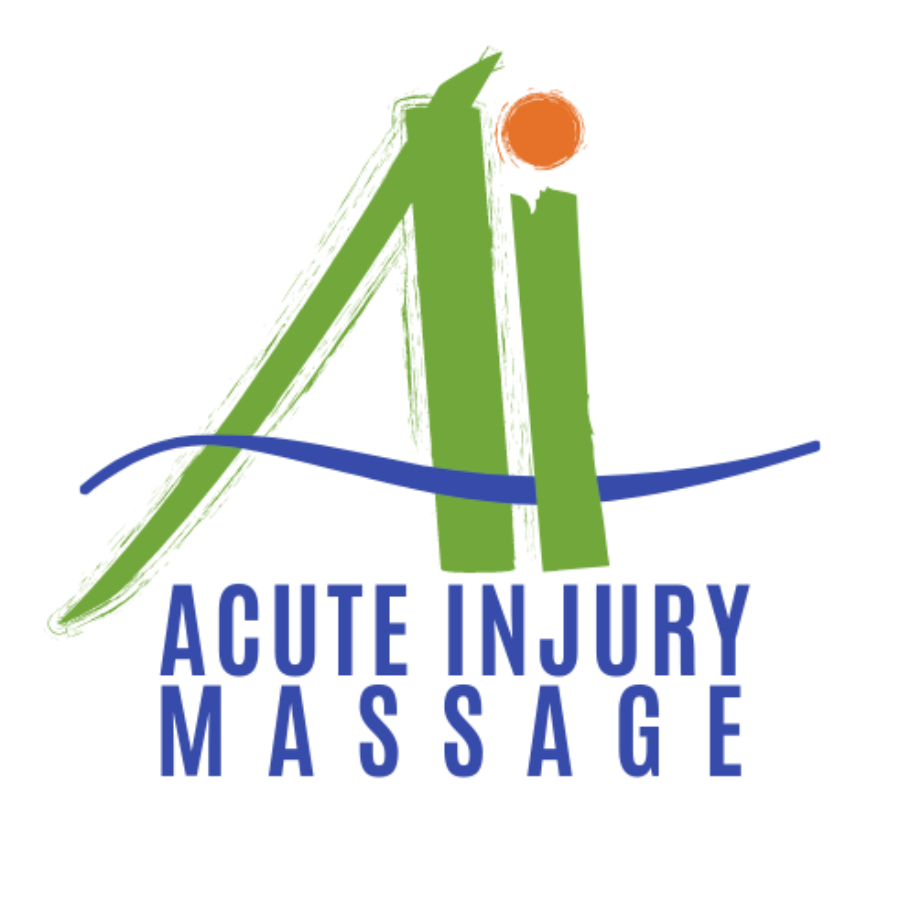Got a Concussion? What can I do about it?
Concussions may affect your long-term health more than you know. If you’ve ever hit your head, been diagnosed with a concussion, or suspect you’ve had one, you may be surprised to learn you can come in to me for treatment. Of course, this is after addressing any immediate medical concerns; you should always consult a physician regarding hits to the head. However, following this, receiving hands-on care is important. Let’s talk about how concussions may affect you.
While hitting the head may seem the same as hitting any other part of the body, there are critical differences which are important to understand.
Where a hit to the head is like a hit to other parts of the body, is that there is impact force, and the body absorbs some of that kinetic energy. From this point of the injury on, your body compensates for this intrusive kinetic energy in the body, doing its best to keep you pain free. Part of the process of fading pain after an injury is how our bodies compensate and redistribute the tension throughout its structure. This impact energy is tucked away by the body, integrated in the fascia, stored in the bone, the organs and dispersed throughout our systems. This is how our body adapts after events like falls, accidents, contact sports, etc.
What makes a hit to the head a whole different bag of beans compared to an injury to the rest of the body, is because this is the head, your brain lives in there - this is the organ that has more neurons than there are stars in our galaxy! The brain uses 30% of your daily energy intake, almost all your sensory and motor signals pass through some aspect of the brain moment by moment. The brain even has a nocturnal side. Recent research shows that the glymphatic system is responsible for cleansing the brain, but is largely disengaged during the day, flourishing instead during deep sleep. It’s an understatement to say the brain is an important part of your body since it’s quite literally the brain behind the operation.
So, what is there to treat after a fall or impact? Let’s start from the outside and work our way inward. The skull is bone that is excellent at absorbing tension through impact, just like all bone in the body (bone is the densest tissue type we have, and it readily stores tension). If you were to hold a head in your hands that has hit the pavement compared to a head that has not, you can feel a stark contrast. The injured skull is bowling ball tight because the compression extends between the bones too, at the junctures where the bones connect. Compression through the bones of the skull can throw off the alignment of the vertebrae of the spine, as well as the fascia surrounding the brain, spine, and trunk. If you’ve hit the back of the head, often this compression force will be distributed into the bones of the face. Alternatively, an impact to the face can cause tension in the back of the head and beyond.
The next layer of tissue deep to the skull is the dura. This is dense fascia (much like leather in consistency) that surrounds the inside of the skull. There are two other layers of fascia as well. This fascia or the “meninges” as all three layers are collectively known, can hold significant tension. This tension can be assessed and released, just as the tension in the bones of the skull can be.
Lastly is the brain. The brain can also be the recipient of unwanted tension. However, the brain manages tension uniquely compared to other structures of the body which can also be treated. Having taken numerous classes taught by a brilliant osteopath and physician, I have learned how to feel through the skull. It took years and much study for me to understand and to feel these deep structures correctly.
Ultimately, if left unresolved or not fully treated, concussions can have a lasting impact on not just the head, but the body as a whole. Whether it’s been days, months, or years doesn’t matter, the body holds the tension and leaves a bookmark for me to find, read and release.


